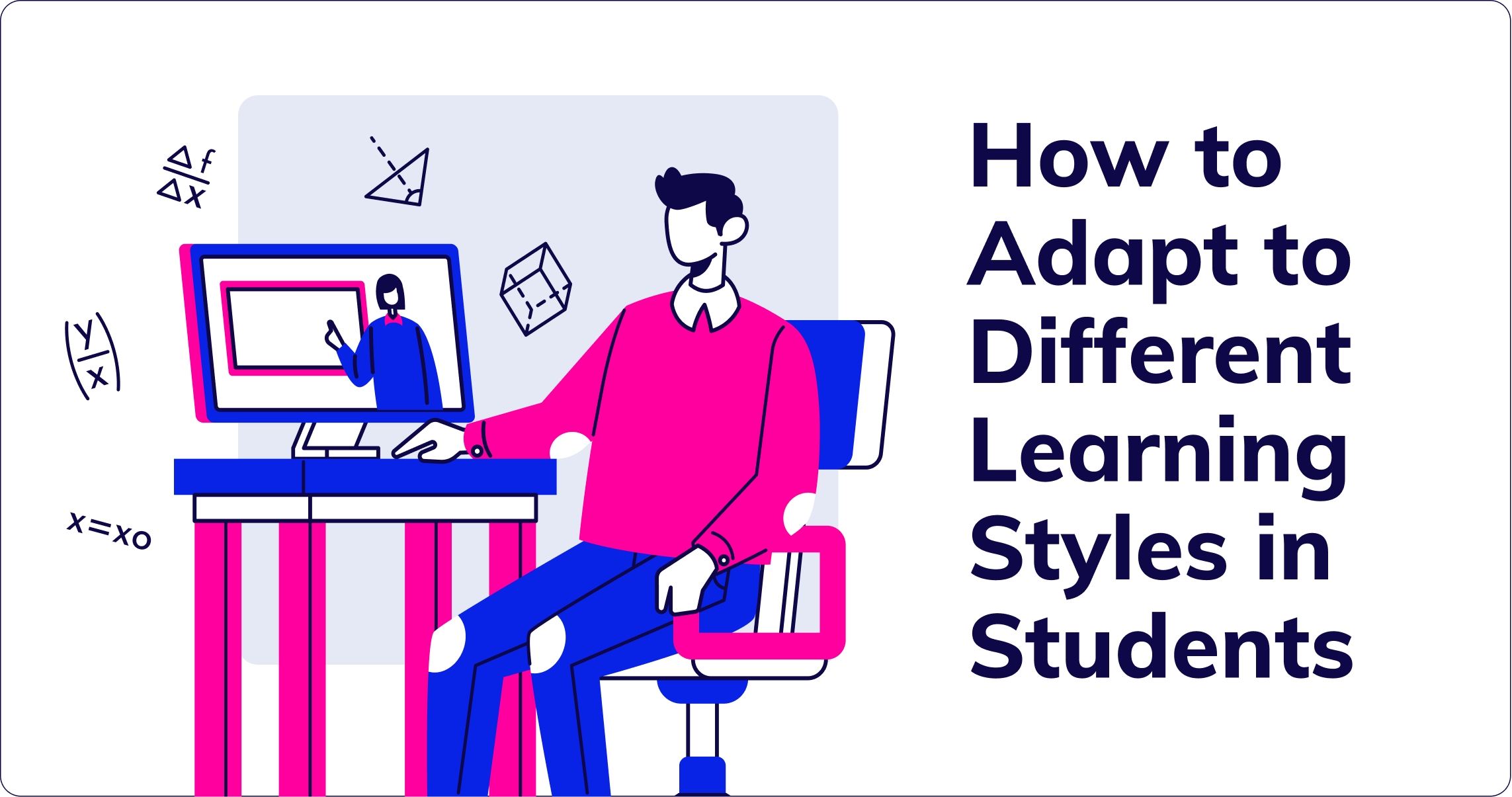Everyone has their own unique strengths and weaknesses. Everyone blossoms at their own time. Everyone has their own way of absorbing and applying information.
All of this is especially true when it comes to learning. Everyone has their preferred style and pace of learning, and we cannot expect a curriculum that came from a cookie-cutter mould to be one-size-fits-all.
Key Differences in Learning Styles in Students
1. Learning styles
Have you noticed that some students excel in written work, while others excel in more visual projects?
This is because everyone has different learning styles that can be categorised into these main groups:
- Visual: Using pictures, diagrams, and images
- Verbal: Using words in speech and writing
- Auditory: Using sound, music, and rhythm
- Physical: Using your hands, body, and sense of touch
2. Learning pace
Like with different learning styles, students have different learning speeds too.
Some require a longer time to process the information in order to understand it, while others need a longer time to practice their newfound knowledge in order to remember it.
When there is a larger concept at hand, some students may need more help in the first section, others in the second, and the rest in the third.
3. Learning environment
Are you a night owl or an early bird? Do you prefer working in a team or on your own? Are you more productive in your own home or in a public space? Do you work better in silence or with some background noise?
We ask ourselves this when thinking about lifestyle and work, but this applies to school too.
With the number of hours students spend in school, the learning environment is possibly the most important factor when it comes to their success in learning.
How Teachers Can Adapt to Different Learning Styles in Students
1. Allow More Time for Self-Paced Learning
You can also give students the power to pace their own classes in a way that best suits them.
This way, they will be in charge of completing certain tasks within a time frame, allowing them to learn about their habits and preferences while developing discipline and responsibility.
2. Communicate With Students to Get Feedback
Communication is always key, and you will never know how students think and feel unless you ask them about it.
You can conduct weekly feedback sessions where students share what they liked and disliked best so that you can adapt the classes accordingly.
3. Use Adaptive Learning
Although having discussions with your students will give you a better understanding of their needs, it is unsustainable, or impossible, for one teacher to constantly monitor the progress and performance of every single student.
Adaptive learning solves that problem because it uses algorithms and artificial intelligence to give students a personalised learning journey.
AI learning buddies and tutoring systems are able to monitor their students’ learning habits and so that teachers are able to create or approve a customised learning path for every student.
The Bottom-Line
There are different strokes for different folks and there will never be one true way that works for everyone.
Instead, we can do our best to continuously improve and evolve our lessons in order to best suit every learner’s needs.
If you want to find out more about AI tutoring systems, contact Noodle Factory here.
